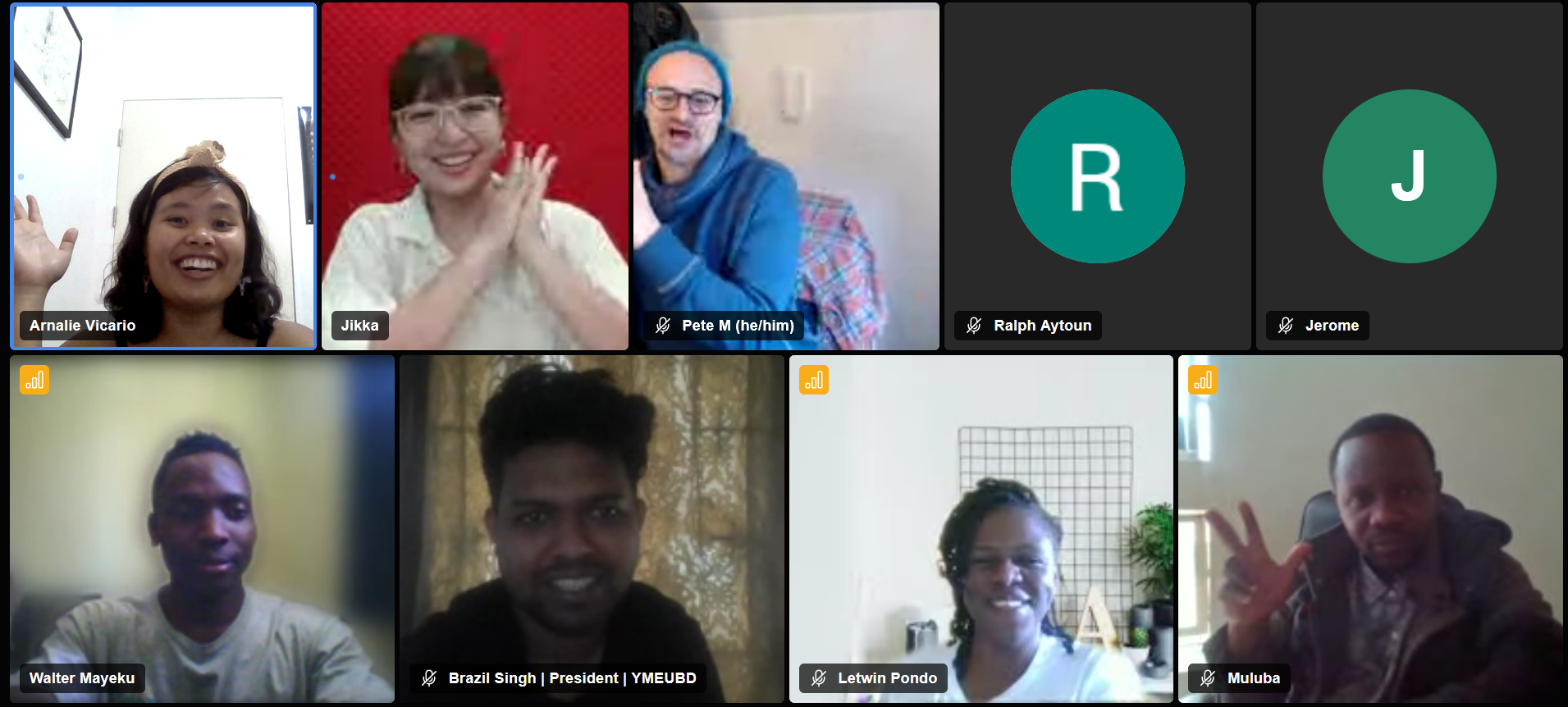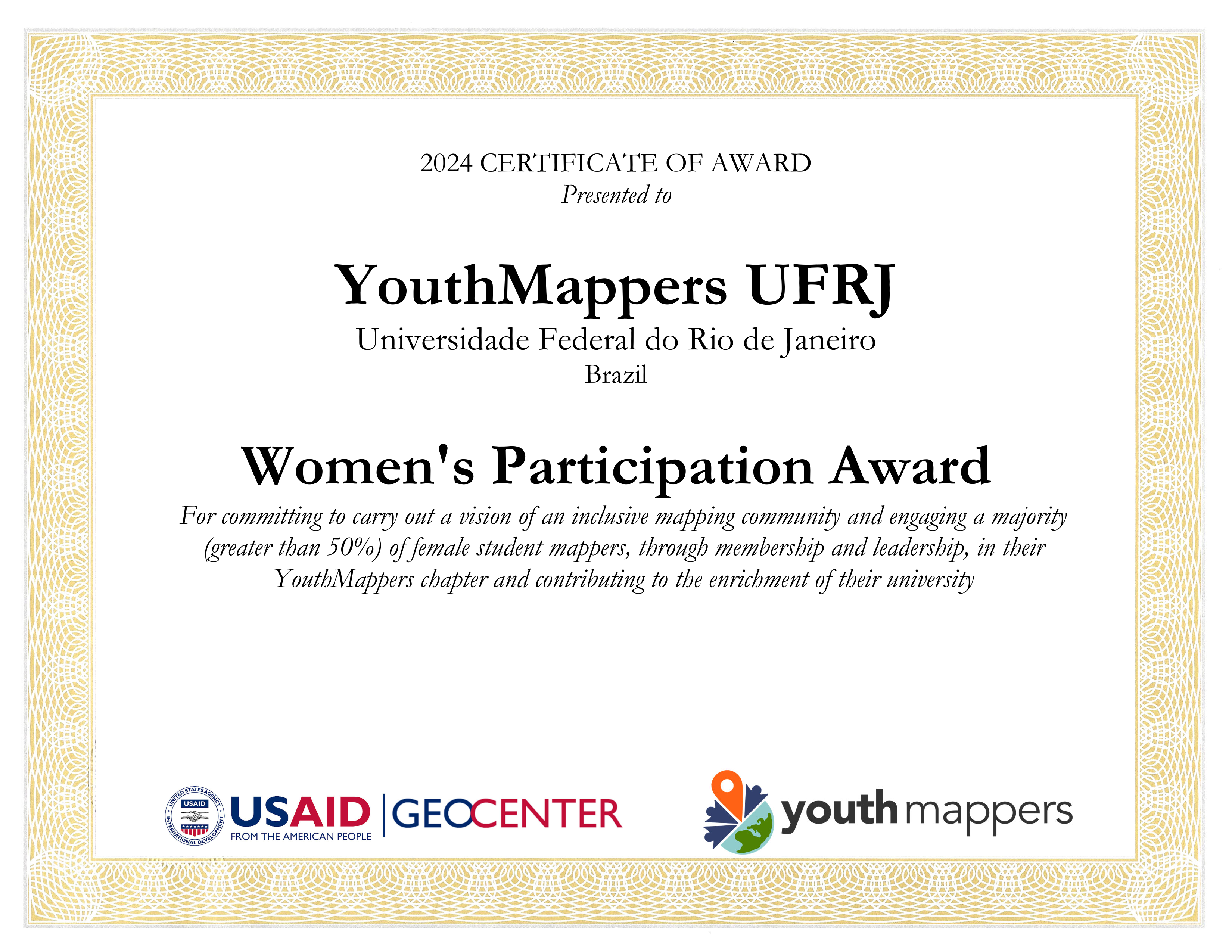In 2 March 2024, various OSM contributors and community members/leaders gathered together for the Local Chapters and Communities Congress! It was my pleasure to share a short update about HOT where I work as an Online Community Engagement Lead.
My slide presentation is here. Recordings are now uploaded in Youtube :)
Just a point to make that I shared about the HOT and its community, and not the HOT as an org. HOT Annual reports are available here.

How to get involved in HOT?
There are three general ways to get involved with HOT:
- mapping in your own time,
- participate in a HOT Working Group/s, and
- contribute to tech.
So how do we engage with the community / contributors at HOT?
Since lots of different community members and leaders were there in the Congress, I took the opportunity to share and highlight how we foster a collaborative and inclusive space in HOT and channels







 Now, there could be several reasons for that which I won’t go into, but it reminded me that rag trees were something I had wanted to map, but of course, there was no tagging scheme.
Now, there could be several reasons for that which I won’t go into, but it reminded me that rag trees were something I had wanted to map, but of course, there was no tagging scheme.

